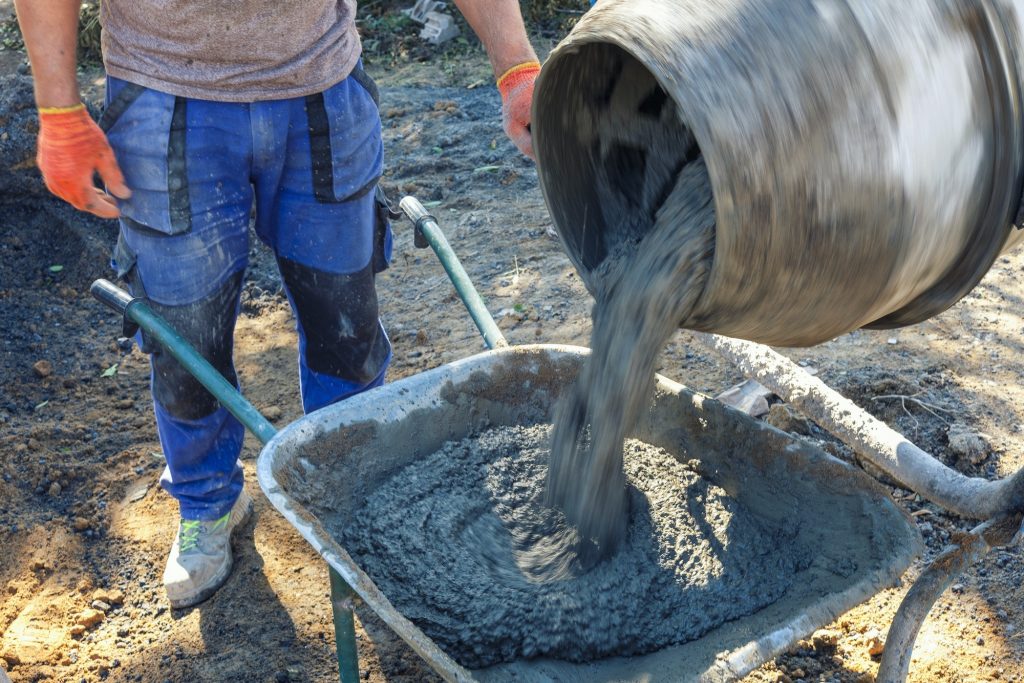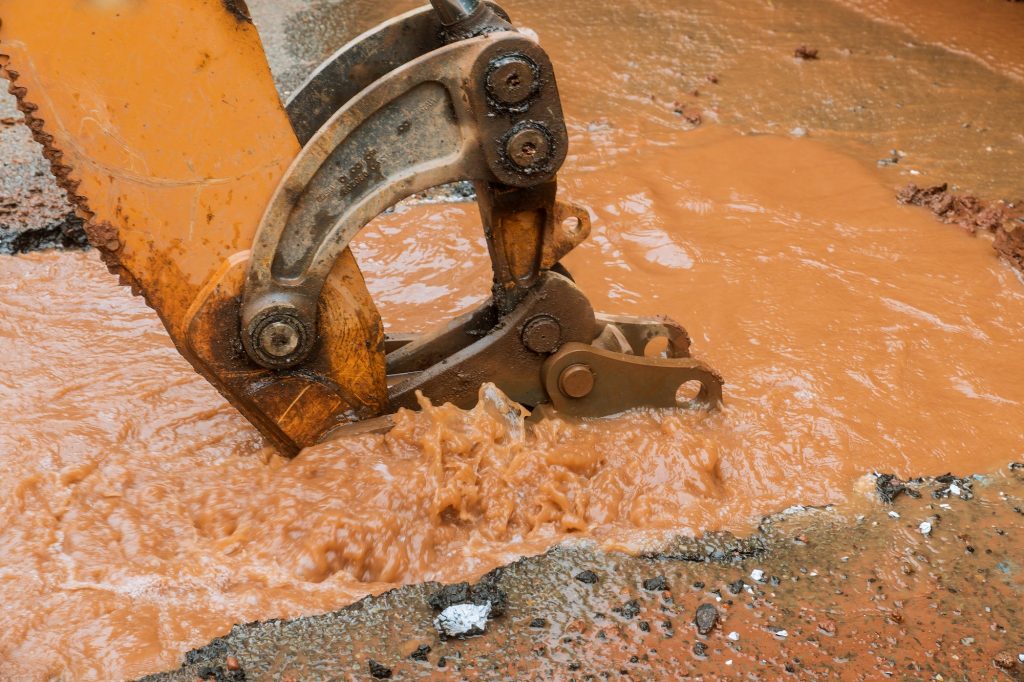When it comes to the safety of your home, you may not think about the water that comes out of your tap. However, if you live in an older home, your plumbing system may contain lead pipes that can pose a serious health risk to you and your family. In this article, we will discuss the scary truth about lead pipes, how to test if you have them in your home, and the steps you can take to replace them.
The Scary Truth About Lead PipesWhat Are Lead Pipes?
Lead pipes were commonly used in plumbing systems up until the 1950s. They were especially popular in homes built before the 1930s. Lead is a toxic metal that can cause serious health problems, especially in children and pregnant women. Exposure to lead can lead to developmental delays, learning difficulties, and other health issues.
How to Test for Lead Pipes
If you are unsure whether your home’s plumbing system contains lead pipes, there are some simple steps you can take to test for them. One of the most effective ways to detect lead pipes is by using a home lead testing kit. These kits are widely available online and at home improvement stores. They typically come with a swab that you can use to test the surface of your pipes. If the swab turns a pink or red color, this indicates the presence of lead.
Another way to test for lead pipes is to hire a professional plumber to inspect your plumbing system. A plumber can use specialized equipment to determine whether your pipes contain lead.
The Dangers of Lead Pipes
If you have lead pipes in your home, it is important to take action to replace them as soon as possible. Lead can leach into your drinking water, especially if the pipes are corroded or damaged. This can lead to serious health problems, including developmental delays, learning difficulties, and other health issues.
How to Replace Lead Pipes
If you have confirmed that your home’s plumbing system contains lead pipes, the best course of action is to replace them. This can be a costly and time-consuming process, but it is essential for the safety of you and your family.
The first step in replacing lead pipes is to hire a professional plumber. A plumber can assess your plumbing system and help you develop a plan for replacing the pipes. There are several options for replacing lead pipes, including:
- Complete replacement: This involves replacing all of the lead pipes in your plumbing system with new, non-toxic pipes.
- Partial replacement: This involves replacing only the most critical sections of your plumbing system, such as the pipes that carry drinking water.
- Pipe lining: This involves adding a protective lining to your existing pipes to prevent lead from leaching into your drinking water.
Conclusion
If you live in an older home, it is important to be aware of the potential dangers of lead pipes. By testing your plumbing system for lead and taking steps to replace any lead pipes, you can help ensure the safety of you and your family. If you are unsure whether your home’s plumbing system contains lead pipes, contact a professional plumber to schedule an inspection.



